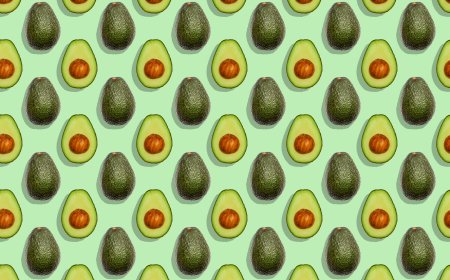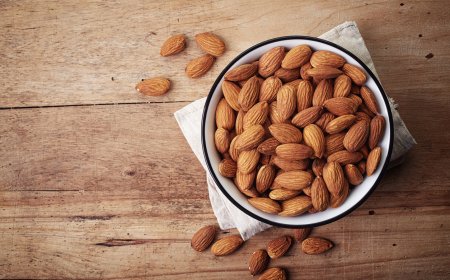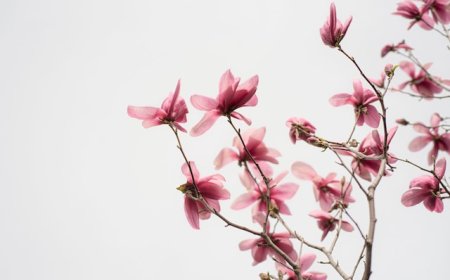The Secret Life of Plants: Botany for Budding Scientists
Our world is brimming with fascinating mysteries. One of them is the realm of plants. From the tallest tree to the smallest flower, plants have secret lives that are waiting to be explored. Welcome, budding scientists, to the magical world of botany!

Botany is a fascinating branch of "mystery science" that reveals the secrets of the plant world. In this article, we'll introduce children ages 8 to 12 to the wonders of botany and provide hands-on activities that will spark their curiosity and passion for exploring the world of plants.
The Building Blocks of Plant Life: Cells, Tissues, and Organs
Plants, like animals, are made up of cells, tissues, and organs. Understanding the basic structure and function of these components can help children appreciate the complexity and beauty of plant life.
Activity: Plant Cell Model
- Gather materials for creating a 3D model of a plant cell, such as foam balls, pipe cleaners, and paint.
- Help your child research the different parts of a plant cell, including the cell wall, nucleus, chloroplasts, and vacuoles.
- Encourage your child to assemble and label the model, adding information about the function of each part.
- Display the model as a fun and educational decoration.
Photosynthesis: The Powerhouse of Plants
Photosynthesis is the process by which plants convert sunlight, water, and carbon dioxide into food and oxygen. This vital process is essential for life on Earth and offers an excellent opportunity to teach children about plant biology and the importance of conservation.
Activity: Photosynthesis Experiment
- Gather materials for the experiment, such as two potted plants, plastic bags, and twist ties.
- Help your child place a plastic bag over the leaves of one plant and secure it with a twist tie.
- Place both plants in a sunny location and observe them for several days.
- Discuss how the bagged plant's leaves will become limp and yellow due to the lack of photosynthesis, while the other plant remains healthy and green.
Plant Adaptations: How Plants Survive in Different Environments
Plants have developed various adaptations to survive in diverse environments, from the towering trees of the rainforest to the tiny flowers of the desert. Exploring these adaptations can help children appreciate the incredible diversity of plant life.
Activity: Plant Adaptation Scavenger Hunt
- Visit a local botanical garden, park, or nature reserve with your child.
- Provide your child with a list of plant adaptations to find, such as succulent leaves, spines, or brightly colored flowers.
- Encourage your child to search for and take pictures of plants that exhibit these adaptations.
- Discuss how each adaptation helps the plant survive in its specific environment.
Growing a Green Thumb: Cultivating a Love for Gardening
Gardening is a hands-on way for children to learn about botany and develop a deeper connection with the natural world. Growing their own plants can teach children about the life cycle of plants, the importance of proper care, and the joy of nurturing living things.
Activity: Planting a Windowsill Garden
- Gather materials for planting a small garden, such as pots, soil, seeds, and a watering can.
- Help your child choose a variety of seeds, considering factors such as sunlight, space, and growing time.
- Assist your child in planting the seeds, providing guidance on proper planting depth, spacing, and watering.
- Encourage your child to care for their plants daily and track their growth in a journal.
By introducing children ages 8 to 12 to the captivating world of botany, you can ignite their curiosity and passion for "mystery science." With engaging activities and hands-on learning experiences, your young explorers will be well on their way to uncovering the secrets of the plant world and developing a lifelong love for the study of botany and gardening.
Disclaimer: The image(s) featured in this article are for illustrative purposes only and may not directly depict the specific concepts, situations, or individuals discussed in the content. Their purpose is to enhance the reader's understanding and visual experience. Please do not interpret the images as literal representations of the topics addressed.
What's Your Reaction?













































































































